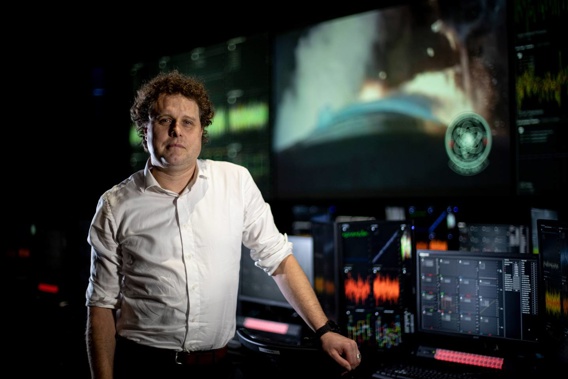
Space company Rocket Lab will launch Nasa’s cyclone-tracking TROPICS satellite constellation from Mahia in Hawke’s Bay next month.
The TROPICS constellation (Time-Resolved Observations of Precipitation Structure and Storm Intensity with a Constellation of Small Sats) will monitor the formation and evolution of tropical cyclones, including hurricanes, and will provide rapidly updating observations of storm intensity.
The data will help scientists better understand the processes that affect these high-impact storms, ultimately leading to improved modelling and prediction.
Rocket Lab expects to launch two missions within two weeks of each other from its Launch Complex 1 facility at Onenui Station.
The first launch, named Rocket Like a Hurricane, is scheduled for as soon as May 1. The second mission, named Coming to a Storm Near You, is expected to follow around May 16.
The two missions were initially scheduled to lift off from Launch Complex 2 at the Mid-Atlantic Regional Spaceport within Nasa’s Wallops Flight Facility in Virginia, but will now take place at Mahia to support a launch window that will see the satellites reach orbit in time for the North American 2023 hurricane season.
“The need for improved climate and weather data from space is acute and growing,” Rocket Lab chief executive Peter Beck said.
“Hurricanes and tropical storms have a devastating effect on lives and livelihoods, so we’re immensely proud to be entrusted by Nasa to launch the TROPICS missions which will enable scientists and researchers to accurately predict storm strength and give people time to evacuate and make plans.
“With the 2023 hurricane season fast approaching, time is of the essence for these missions.
“Because we operate three launch pads across two countries, we can constantly assess the launch manifest and adapt launch schedules and locations based on customer and mission requirements.”
TROPICS mission programme scientist Will McCarty said the ability to advance understanding of tropical cyclones from space had been limited by the ability to take frequent measurements, particularly from microwave instruments that see into the storms.
“Historically, satellites have been too large and expensive to provide observations at a time frequency that is consistent with the time scales at which tropical cyclones can evolve.
“The CubeSat era has allowed for smaller, less expensive satellites. With a modern small satellite design, we designed a constellation that optimises the scientific utility of the mission in a way that we can launch in a cost-effective manner.
“These factors enable TROPICS to provide a new understanding of tropical cyclones by decreasing the time by which a given storm is revisited by the satellites.”
Take your Radio, Podcasts and Music with you









